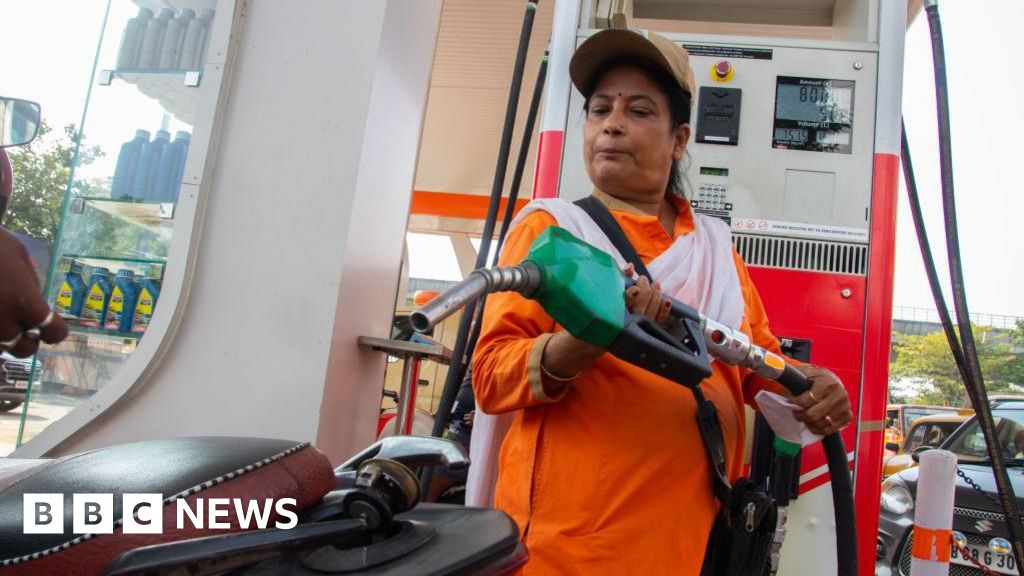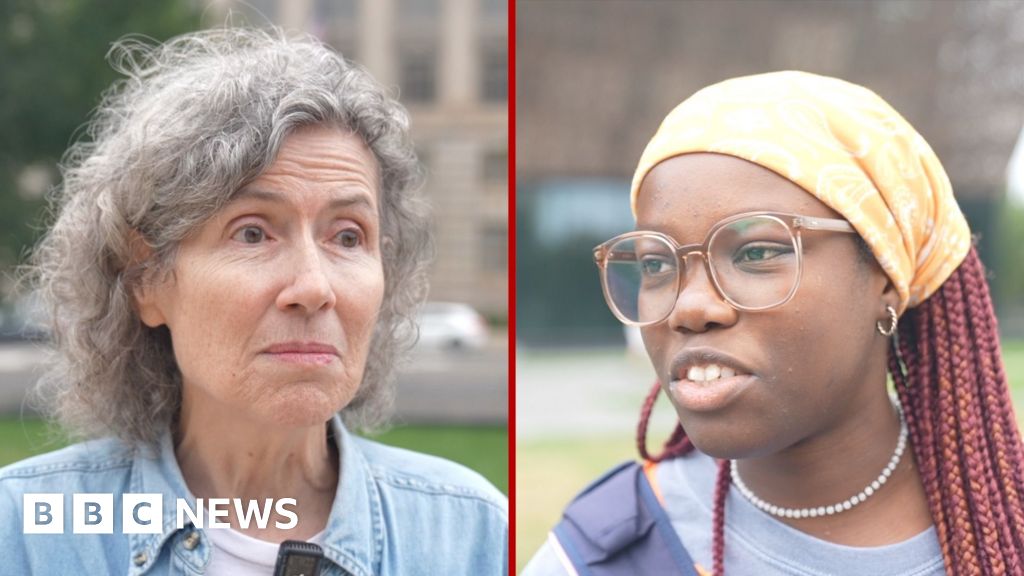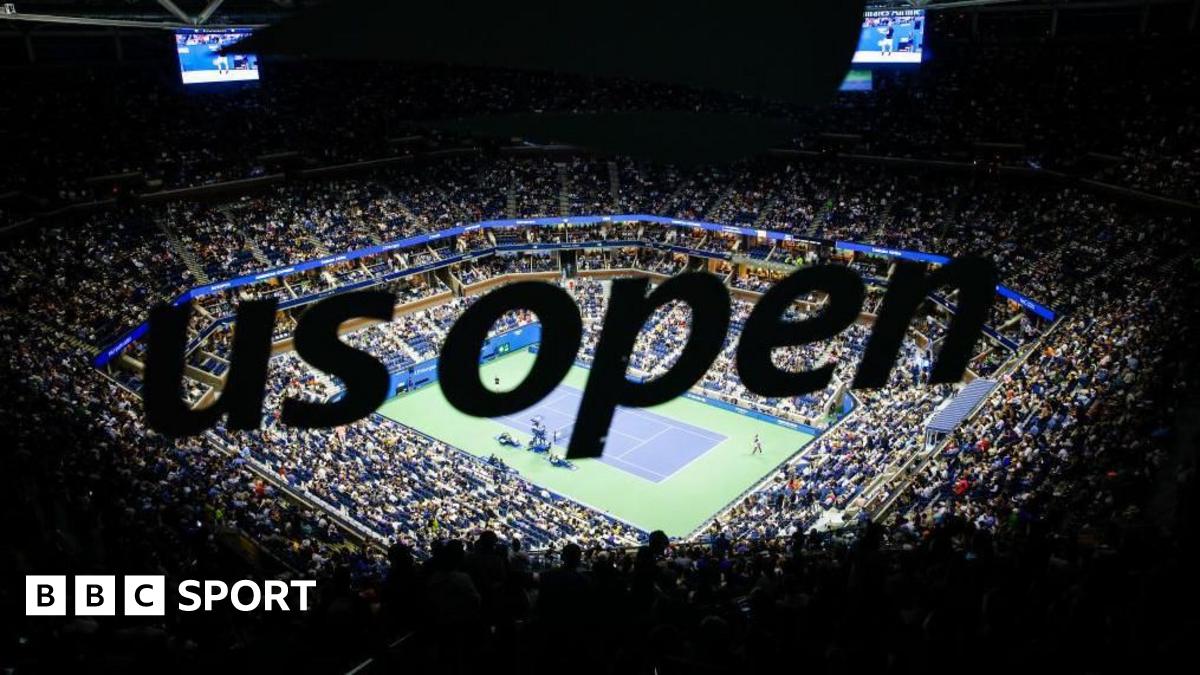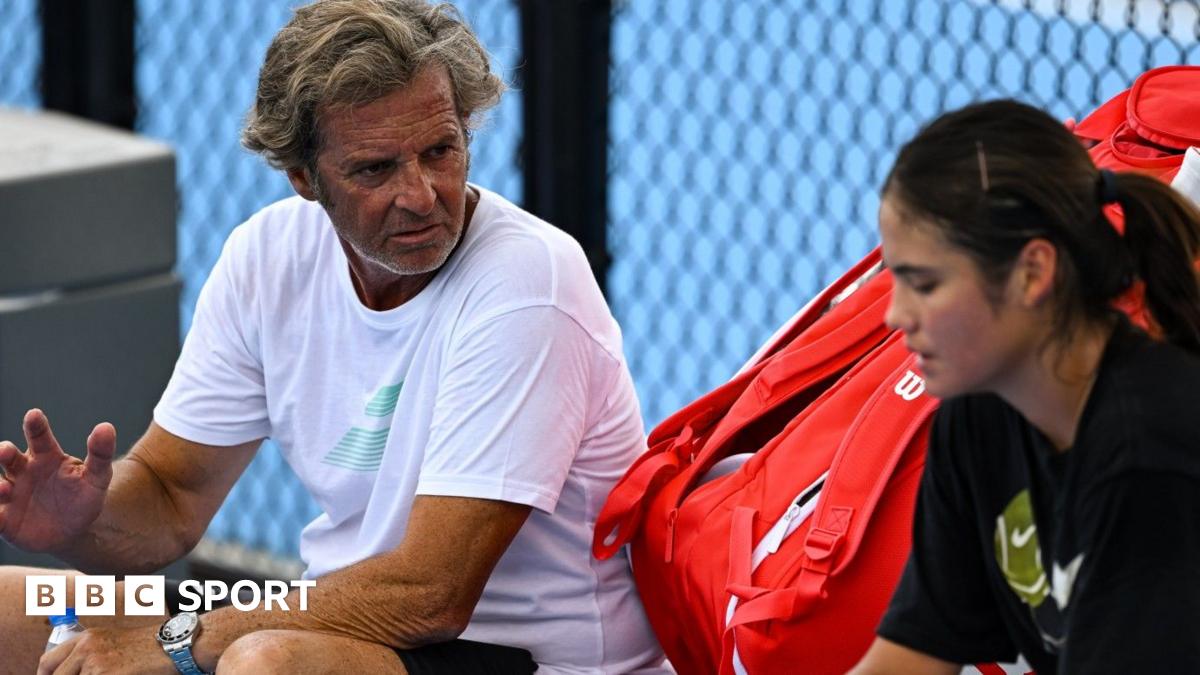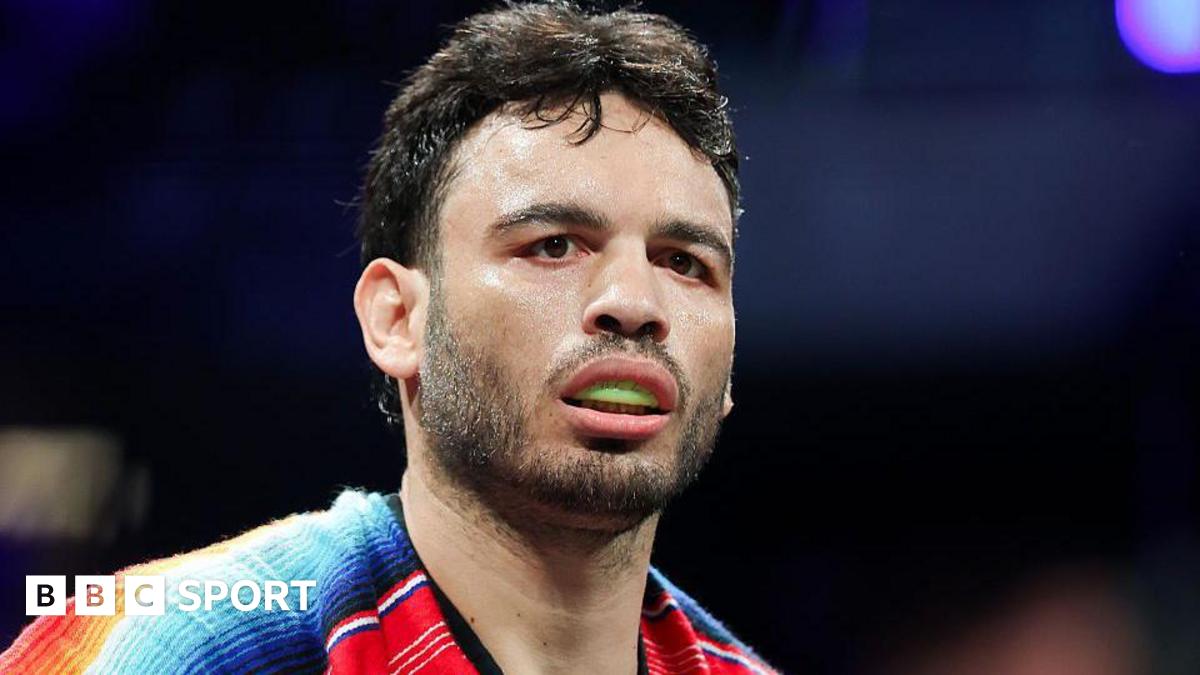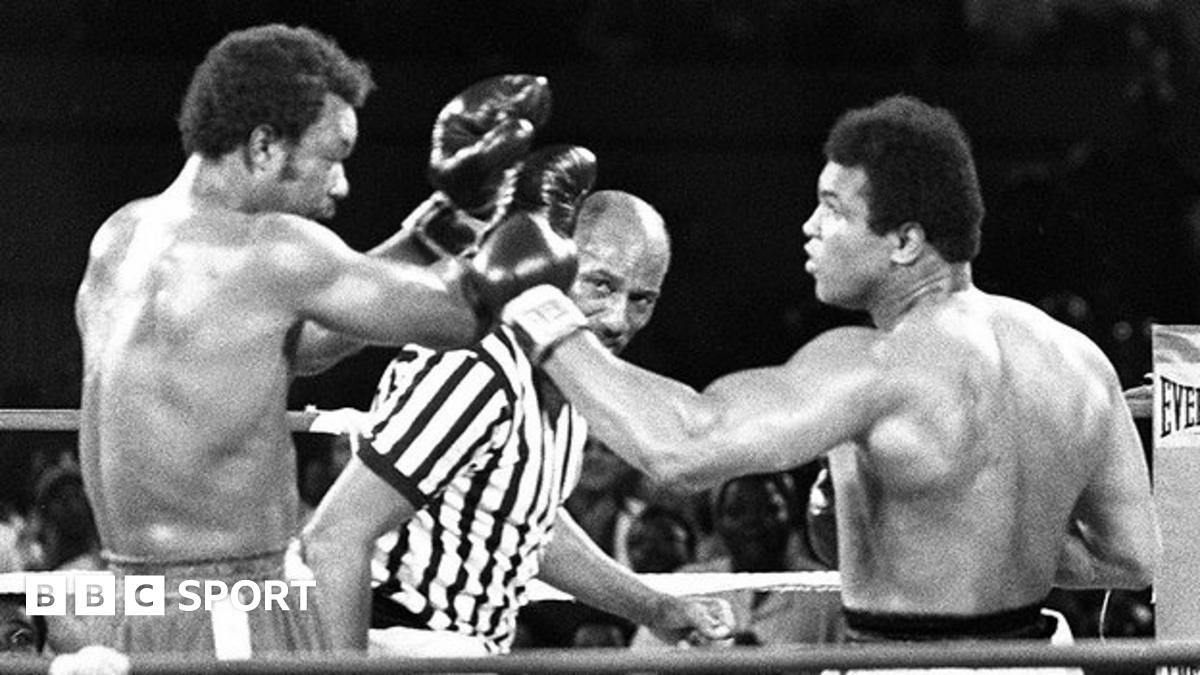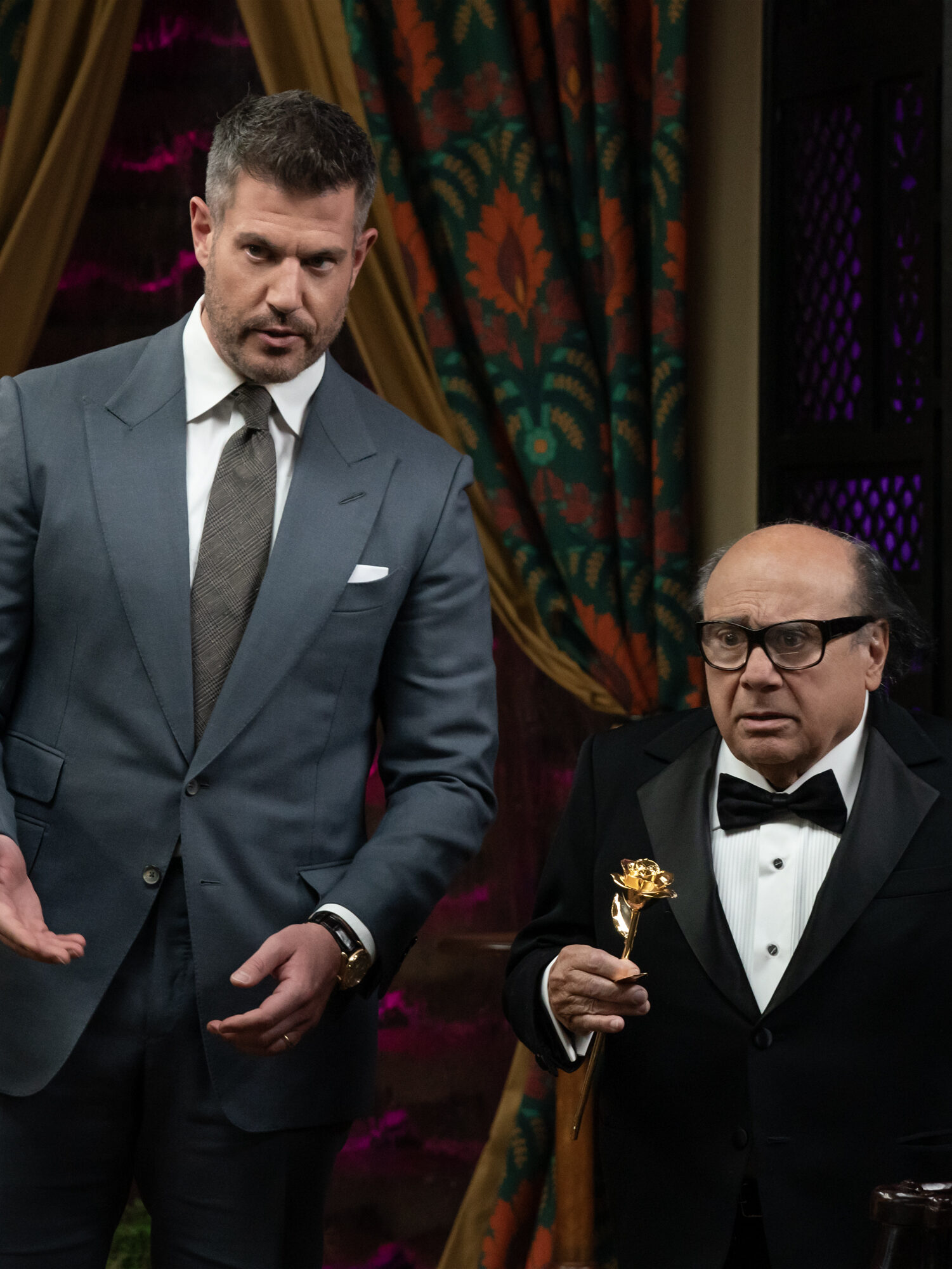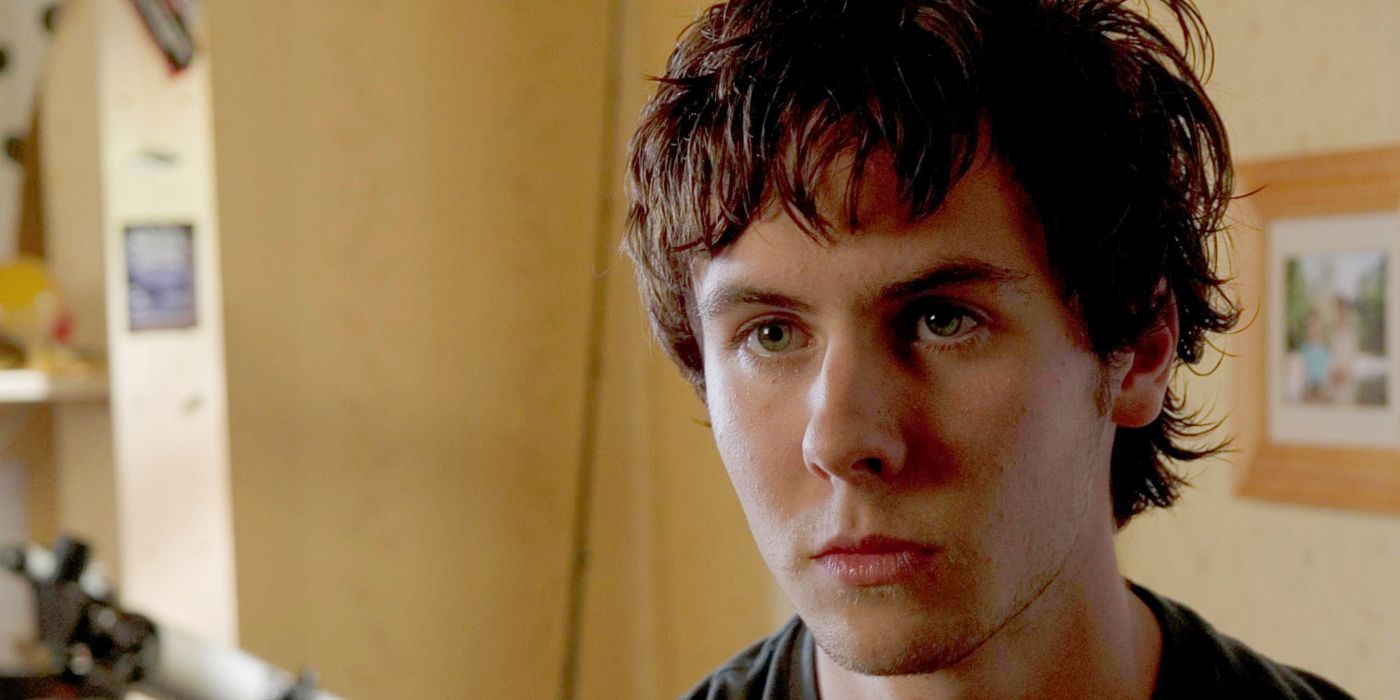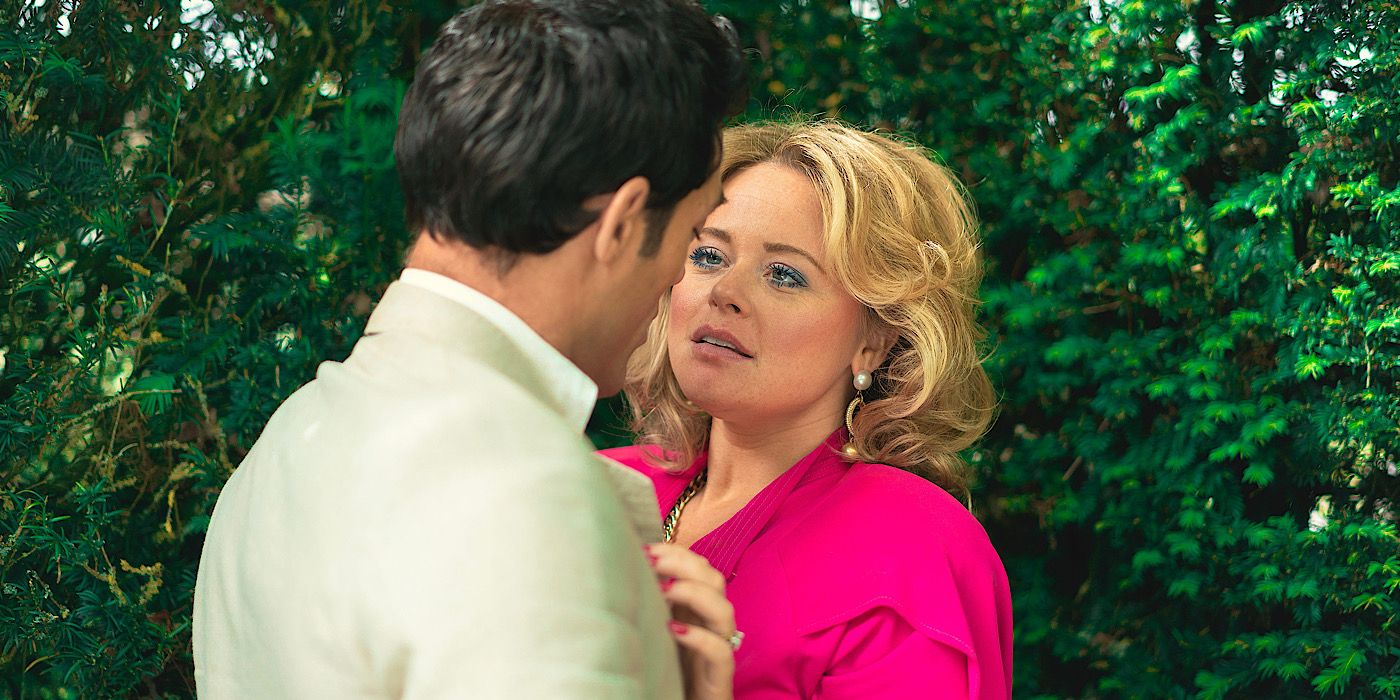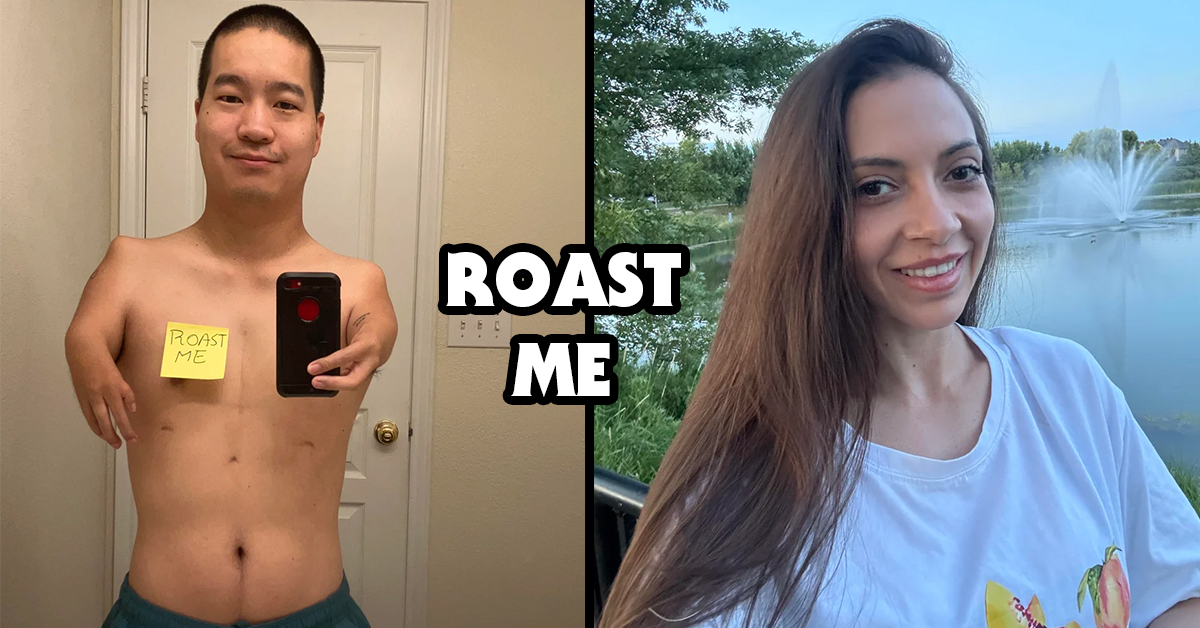A creative’s guide to community-building

I grew up on different continents—Africa, Europe, and North America. Having the privilege of living in and experiencing diverse countries and cultures during my formative years made it clear to me that, while we are all unique in many ways, there are still core things that are universal. We all want to nurture and spend time with our families. We all want to have fulfilling careers and to feel safe. We all value community.
That last shared sentiment is at the center of a brand purpose trend that has remained largely resilient, despite some who claim otherwise. Studies show that we’re still in an era where people not only demand brands that reflect their values, but show a deep commitment to a communalcause. We want brands to create change that makes our lives better, not just make a healthy profit. These alignments are areas where brands can lean in, promote belonging, and foster unity at a time of growing divisiveness.
Creatives can be valuable partners in this, too—lending brands their insight as well as design, advertising, and strategic expertise. But only if we properly value and nurture their rich spectrum of lived experiences, encouraging the unique qualities that make creatives essential to cultivating a sense of togetherness. That’s why, as community-building becomes the new imperative, we must provide creatives with environments that not only celebrate their work, but their individual voices and points of view.
Community from creativity
Creativity is more than a tool for messaging and communication. Its impact can transcend business into culture, helping us see the world in exciting new ways. And when you choose to be a creative, you’re joining a community with its own codes and way of operating. Being in a creative community necessitates a willingness to contribute, participate, and add/realize value for everything from a group of people to an entire industry.
As importantly, creative communities tend to have a diversity of perspective that results in more provocative ideas built from lived experiences and unique insights. For example, in working on a community engagement-focused campaign for Delta Air Lines, alongside their in-house agency and graduates from D&AD Shift—our night school for self-taught creatives—I was often surprised by the unexpected ideas shared by our incredible talent. They’re a part of so many different subcultures, spread across the worlds of music, fashion, comedy, and more. And they are navigating their differences while developing their own community, making them experts at helping brands do the same.
That ability to turn diverse perspectives into shared purpose is rare—especially post-COVID—and it’s a quality that must be protected as countless influences increasingly drive us apart.
Build a better community
The best creative communities don’t just happen. They’re designed with intention, and they’re given the clarity, investment, and support needed to thrive. In my work at Kin and D&AD, I’ve seen that, for creative people, prioritizing community-building means cultivating a safe space to share, debate, and discuss ideas. That takes prioritizing several core principles:
- Embrace people as they are: Pioneering creatives can come from any cultural or economic background and be at any stage of their careers. Low-cost tools and social media have also given birth to a generation of self-taught creatives with an entirely different life experience. Celebrate their unique personalities and perspectives. It’s their ability to use their insights to notice and address challenges that create value.
- Recognize and affirm progress: While making room for acknowledgement may seem like something that should be a secondary concern, it’s actually key to motivating and inspiring achievement. Incremental changes, consistently executed, lead to massive gains. Both deserve a nod when working with creatives.
- Positive friction is creative fuel: There’s nothing wrong withdisagreement when it’s structured and done respectfully. In fact, it’s entirely expected when different perspectives come together around creative work. Lively conversation, debate, and collaboration create camaraderie and a sense of shared ownership of creative ideas, elevating them to more potent outcomes.
- Treat failure as R&D: That meanscelebrating risk-taking and losses as essential parts of the creative journey. They are the building blocks of innovative ideas, important signs that you’re experimenting with something interesting and on the path to inventing something original, as long as you learn and evolve from them.
Creatives need more environments that wholehearted embrace these principles, giving them a foundation that enhances community-building potential. That way, as brands and organizations increasingly leverage community-based approaches, they’ll do so more authentically and in ways that add value to businesses and the broader culture.
Kwame Taylor-Hayford is the cofounder of Kin and president of D&AD.
What's Your Reaction?
 Like
0
Like
0
 Dislike
0
Dislike
0
 Love
0
Love
0
 Funny
0
Funny
0
 Angry
0
Angry
0
 Sad
0
Sad
0
 Wow
0
Wow
0




